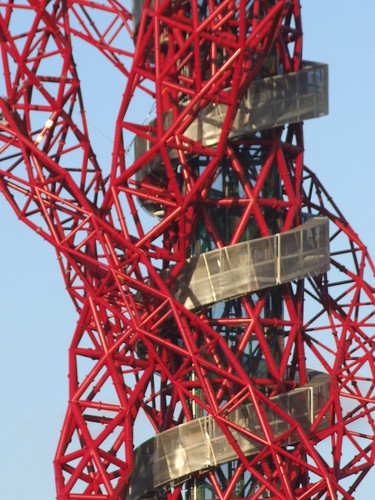It made me think about how cultural traditions work - both in terms of the larger culture as a whole and in our individual lives. Repetition never repeats entirely exactly - traditions and lives evolve - but the repeated attempt at the ideal encourages comparisons and brings back memories of how it was when.
To be fair though, it is has become a traditional pursuit in itself to defend the Christmas turkey - the bird is entrenched in our tradition but it has always had its doubters. In their favour, turkeys are out of the ordinary (and therefore ideal for special celebrations), large (ideal for feeding multitudes), fairly bland meat (again, ideal for feeding multitudes) and relatively low-fat. Their downfall is a tendency to dry out in cooking. In my childhood the cure for this was to wrap the turkey in bacon and tin foil; these days soaking it for 24 hours in a brine bath is the fashionable option. But there are those who depart from the turkey route flagrantly - I remember as a child being totally shocked by a friend’s mother serving prawn curry as the Christmas meal. This was all the more outrageous as our family, good expats, stuck with resolute rigidity to the prescribed Christmas formula - even down to the brussels sprouts, which were a particularly exotic and hard-to-find vegetable in the 30˚C heat of an African midsummer.
This year, as I found myself alone on Christmas day, a turkey was out of the question, and I didn’t think a chicken would be Chistmassy enough. I decided to go for quail (which I’ve never cooked before) and went with a traditional pot-roast Spanish recipe: brandied quail with caramelised onions. But the accoutrements were the same as for the traditional English feast - bread sauce and roast potatoes, sprouts with roast carrots and macadamia nuts, and a gingered parsnip purée. I love sprouts but am not a fan of parsnips. I made an exception this year because (a) they’re traditional and (b) I have recently become a fan of ginger and a recipe for gingered parsnip purée intrigued me (it may have converted me; I will do this again). The recipe claimed it was a replacement for ‘outmoded’ bread sauce but I love bread sauce so had both.
My starter was a plate of smoked salmon on rye topped with home-made gently pickled cucumber slices and dill, snacked while watching the Christmas special Doctor Who, and to finish I had Passion fruit puddle pudding. I kept myself liberally quenched with poinsettias - Cranberry juice and Cointreau topped with Prosecco. Merry Christmas all!









